I don’t know when it first started, but I’ve been intrigued by Christopher Columbus since I was a child. When I first visited Spain, I was thrilled to be in the land from which Christopher Columbus set sail from on a mission to “seek out new life and new civilizations. To boldly go where no man has gone before” – sorry, wrong time period. But that was his mission.
Of course, the reality of history is a bit different. His mission was to seek out trade agreements, steal what he could, and claim the rest for the king and queen. Oh, yeah, and spread the “good word” of religion. In other words “to boldly go where no white man has gone before and screw things up.”
My fascination with Columbus, however cynical I became, did not die. Living in Spain, I was thrilled to spend time in Huelva, the town from which he prepared to make his historic voyages out into the Atlantic. There is a statue there that is not representative of the likeness of Columbus, since there are no pictures or statues of Columbus to help us know what he looks like, but of his spirit pointing out towards the New World. The statue is made of a form of sandstone so it looks rough and sea tossed, and gives the illusion of a ghost or spirit. Very haunting.
The debate over the birth, life, and death of Christopher Columbus continues on, even after centuries. Establishing his family history, ancestors and descendants, is also a mystery. Until recently.
Genealogy Blog’s post about the results of Dr. Jose Antonio Lorente DNA studies looking for Columbus’ burial place caught my eye. Using DNA evidence, the researchers confirm that Christopher Columbus is buried in Spain.
As they dig into his DNA, they are attempting to also determine his ancestry. The debate between Italy and Spain over “ownership” of the birthplace of Christopher Columbus has raged on for 500 years. This new DNA evidence points towards the Catalonia region of northeast Spain, near Valencia.
DNA samples from 500-year-old bone slivers could contradict the Dominican Republic’s competing claim that the explorer was laid to rest in the New World, said Marcial Castro, a Seville-area historian and high school teacher who devised the study that began in 2002…A forensic team led by Spanish geneticist Jose Antonio Lorente compared DNA from bones buried in a cathedral in Seville with DNA from remains known to be from Columbus’ brother, Diego, who also is buried in the southern Spanish city.
“There is absolute matchup between the mitochondrial DNA we have studied from Columbus’ brother and Christopher Columbus,” Castro said in a telephone interview.
It seems the LA Times has also gotten into the act and has also been working to determine the “true identity” of Columbus.
According to legend, Christopher Columbus did his best to hide his true history and identity while he was alive, for reasons we’re still not sure of. Maybe he was a Jew or an illegitimate child, or maybe on the run for crimes he did or did not commit. I often wonder if he would remain so famous throughout history if it weren’t for the fascination with his life’s mysteries.
In an another interesting twist of Christopher Columbus folklore and legend, I highly recommend the book by Orson Scott Card called “Pastwatch: The Redemption of Christopher Columbus”. An alternative history novel, it takes us into the future when the end of the planet is near because of harmful things humans have done through their greed, thoughtlessness, and just pure naivete. Along the way, scientists have discovered a way to “view” the past. For a while, this is very exciting, giving people a chance to prove what “really” happened at the world’s most famous moments. But like a lot of television, you can only watch so many “Survivor” shows and it got dull as everyone learns that most of the great mysteries of human history kinda happened out of sheer dumb luck and coincidence – being in the right place at the right, or wrong, time, and that greatness came with the telling rather than the viewing. People got bored, but not the scientists.
They figured out a way to calculate the precise moments in human history “when things went wrong”. And it seems that the arrival of Christopher Columbus to the New World was one of the most critical turning points in the history of the planet, leading the world down a very dark and narrow path towards self-destruction. A very gripping drama and beautifully written, the look at our history is amazing, exploring the real history of Christopher Columbus as well as the changed history later. The book gets you thinking about the points in world history you would consider “turning points” and how would you do things differently. Very thought provoking, and a lot of responsibility credited to Christopher Columbus and his impact on the world.
Most Recent Articles by Lorelle VanFossen
- The Myths and Mysteries and Hunt for Nicholas Knapp
- The Perpetual Calendar
- GenSmarts: Reminder to Not Assume
- Gensmarts Saves Your Family History Research Life
- Digging Through Historical Newspapers Online

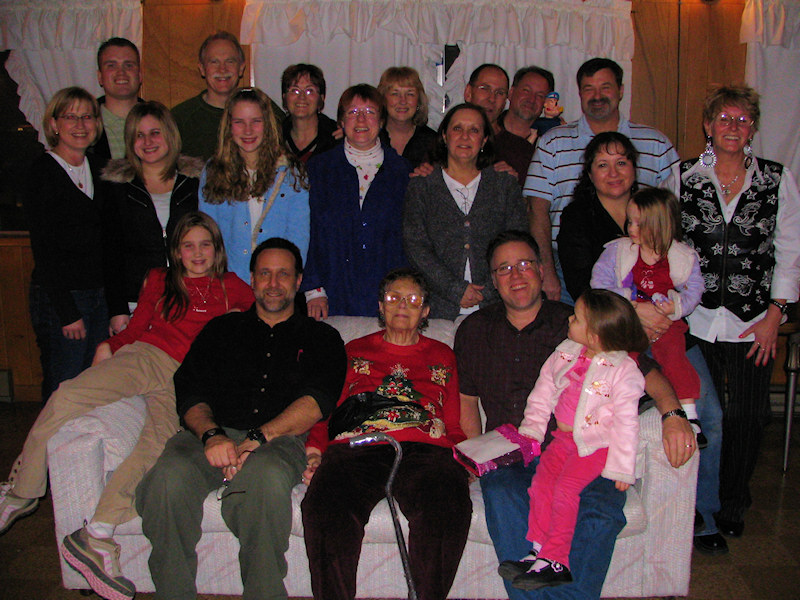
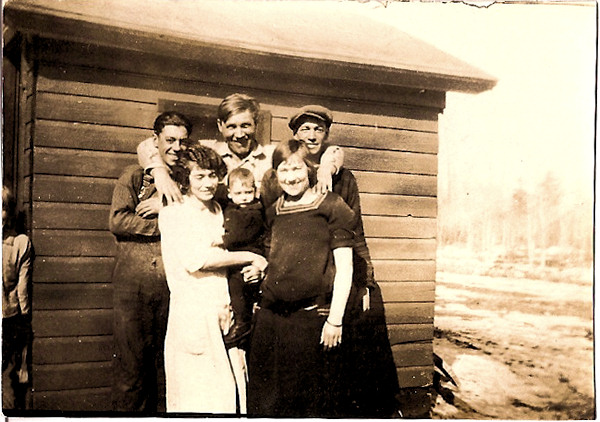
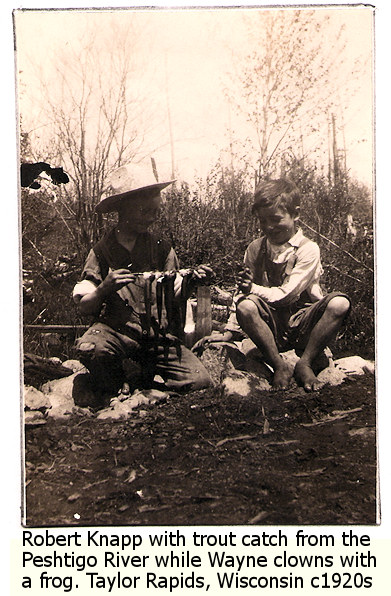
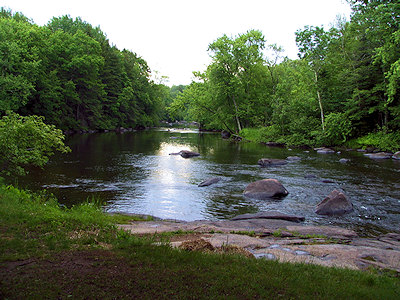
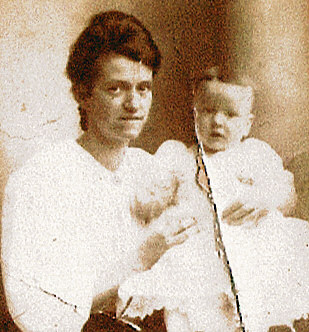
One Response to Exploring the Past: Christopher Columbus Dug Up